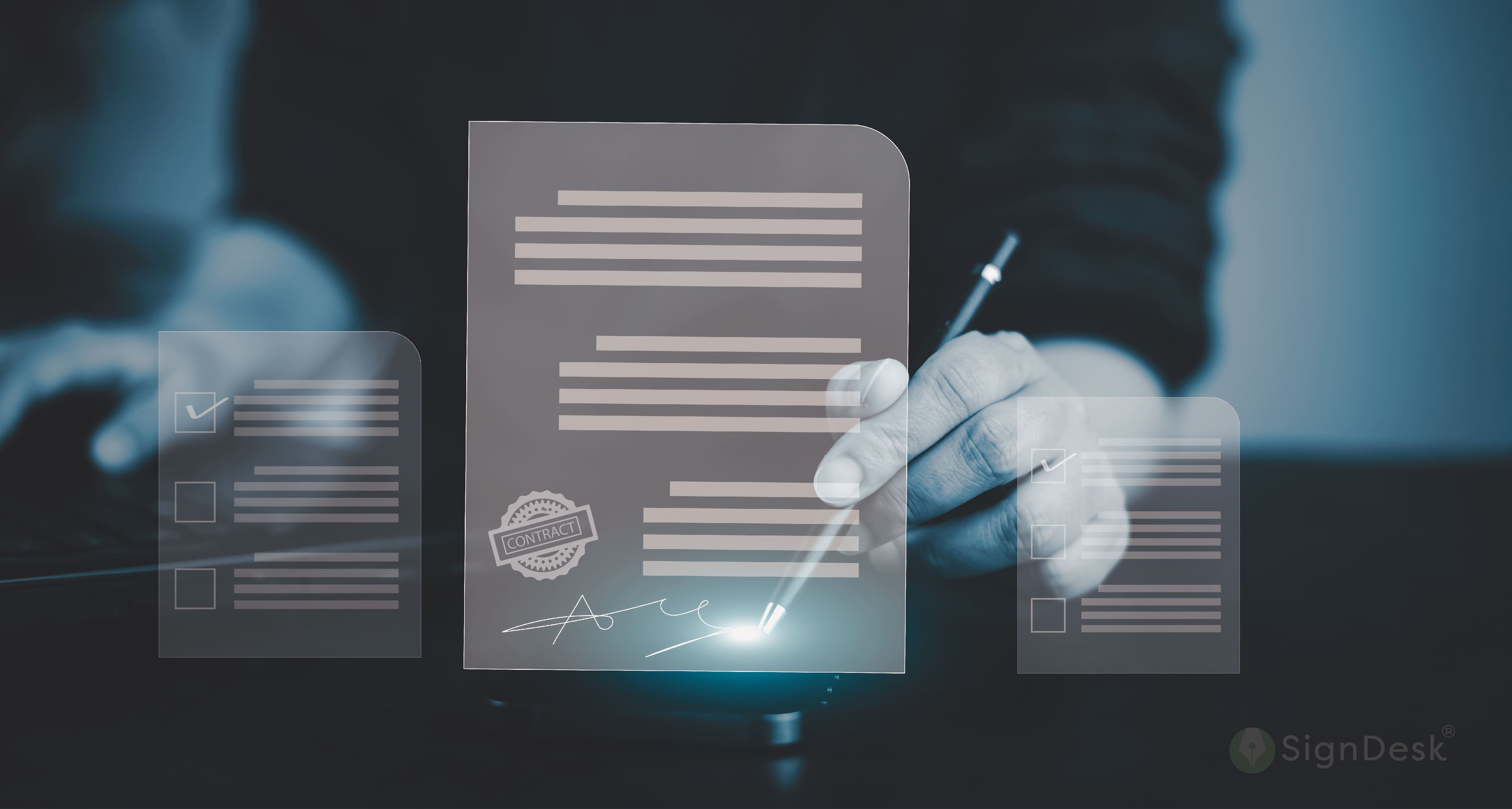A Guide to Information Technology Act 2000 (IT Act 2000)
Currently, India ranks second globally in terms of Internet usage, and the Information Technology Act 2000 (it act 2000) was implemented to monitor and protect Internet users from potential threats and regulate Internet usage.
This act’s primary goals are to facilitate safe, legal online, digital, and electronic transactions and to lessen or eliminate cybercrimes. There are 94 sections in 13 chapters of the IT Act. The modifications to the Indian Penal Code 1860 are covered in the final four parts, which are underlined in sections 91 to 94.
This article serves as a comprehensive guide to the Information Technology Act 2000. Read along to know everything about this Act and how it impacts your organization.
The Origin of IT Act 2000
The model legislation on electronic commerce, or e-commerce, was adopted by the United Nations Commission on International Trade legislation (UNCITRAL) in 1996 in an effort to harmonize laws across national borders.
Furthermore, the UN General Assembly suggested that as many nations adopt this novel standardized legislation before transforming their own legal systems. India adopted and passed the Information Technology Act in 2000, making it the 12th nation with cyber laws.
Objectives of the Information Technology Act 2000
The it act grants legal recognition to transactions carried out through electronic commerce, electronic data interchange, and other electronic communication methods.
In order to enable the electronic filing of papers with government agencies, this also entails the deployment of alternatives to paper-based communication and information storage methods. Here are some of the primary objectives:
- Provide legal sanction to any transaction carried out using e-commerce, other electronic means of communication, or data interchange instead of the previous paper-based communication technique.
- Recognize digital signatures legally for the purpose of verifying any information or documents that need to be verified legally.
- Promote the electronic submission of papers with various agencies and departments of government.
- Facilitate the electronic transmission of payments between banking and financial organizations and provide legal backing for it.
- Provide bankers with legal authorization for maintaining electronic books of accounts under the Reserve Bank of India Act of 1934 and the Evidence Act of 1891.
Key Features of IT Act 2000
- Use of Electronic Signatures : The cyber act 2000 replaces traditional signatures with electronic signatures to make Internet usage safer and more secure. Electronic signatures or eSigns are completely secure as they are authenticated with Aadhaar- and mobile-based OTP.
- Clarity into Offenses and Penalties : One of the most important features of this cyber act is that it elaborates on offenses, penalties, and breaches for Internet users. This provides Internet users with clarity into the repercussions of breaching the terms and conditions of the Act, thus minimizing the threat. Below are some of the punishable offenses and breaches.
- Tampering or mishandling computer-generated documents
- Publishing obscene material in electronic media
- Breach of privacy and confidentiality clauses
- Falsely publishing Digital Signature Certificates
- Publishing information for fraudulent purposes
- Justice Dispensation Systems for Cyber Crimes : The Justice Dispensation System can be defined as the process of providing quick justice using technology. The cyber act makes the Justice Dispensation System available and easily accessible and outlines its specifics.
The Importance and Prevalence of Digital Signature in the IT Act 2000
The Information Technology Act 2000 mandates the use of digital signatures to ensure the security and legitimacy of documents filed electronically. This is a safe and legitimate way of electronic document submission. Therefore, in order to comply with the MCA21 e-Government initiative, all filings made by firms or limited liability partnerships (LLPs) must be signed by an authorized signatory using a digital signature.
Important Features of Digital Signatures
- Authentication : Digital signatures guarantee that the contents of the documents are authentic. The signature verifies that the user supplied the digital certificate because ownership is tied to a specific user.
- Security : With Aadhaar-based two-factor authentication, digital signatures are highly secure. Along with security, digital signatures also offer high levels of transparency by making sure that the documents are tamper-proof.
- Evidence-based Authentication : To validate an e-signature’s legitimacy, evidence-based authentication is employed. The document is sent to a platform or account that is believed to be under the intended signatory’s control in order to do this.
Sections and Penalties Under the Information Technology Act 2000
| Section | Penalty |
| Section 43 | According to this section of the it act 2000, anyone who intentionally deletes, modifies, or steals a computer system or network or who does so without the owner’s consent faces financial penalties that must be paid to the owner in lieu of damages. |
| Section 43 A | This clause of the it act 2000 specifies that any corporate entity handling sensitive data that neglects to implement reasonable security measures and results in the loss of another person’s data will be held accountable and must compensate the harmed party. |
| Section 66 | Hacking into a computer system with the intention of committing fraud is punishable by three years in prison, a fine of INR 5,00,000, or both. |
| Section 66 B, C, D | Identity theft or dishonestly using or transferring information can result in three years in jail, a fine of INR 1,00,000, or both. |
| Section 66 E | Privacy violations like the distribution of graphic images of an individual private area without authorization are addressed in this section. Offenders may have to face up to three years of jail time, a penalty of INR 2,00,000 fine, or both. |
| Section 66 F | Digital offenses like cyberterrorism are covered in this section of the cyber act. Such offenses are punishable by life in prison if they compromise the Nation and its unity, integrity, security, or sovereignty. |
| Section 67 | According to this clause, disseminating pornographic material or publishing obscene information in public may result in a fine of Rs. 10,00,000, a maximum of five years in jail, or both. |
Core Components
The Information Technology Act 2000 has three main components.
- Forming a legal infrastructure for businesses and digital activities : One of the major focuses of the Indian legislation is to create a legal infrastructure to operate and manage electronic businesses effortlessly. This requires appointing authorities to monitor the governance of digital signatures, authorizing electronic signatures with legal power, and handling digital records just as paper documents.
- Prohibiting disruptive practices like hacking : The statute also lists prohibited computer usage and internet activities. These guidelines are important to know, even though it’s doubtful that a respectable company would violate any of them.
- Placing restrictions and imposing obligations on companies and organizations : Companies that gather private, sensitive information are required to designate a Grievance Officer. This position entails managing complaints regarding the processing and is comparable to that of a Data Protection Officer (DPO) in other nations. Sensitive personal information may only be gathered when it is required for the company’s legitimate operations. Businesses need consent to acquire sensitive personal data.
Conclusion
The it act 2000 has had a substantial influence on the growth and prominence of India’s digital economy. It has helped build trust while communicating and transacting online by providing a legal groundwork for digital transactions. Furthermore, the cyber act 2000 has contributed to the evolution of data protection and cybersecurity, two of the most important aspects that are essential for businesses to grow and establish. To make sure that the cyber act 2000 is still relevant and applicable in resolving the problems that arise due to the quickly changing digital ecosystem, it must be subject to continued reviews and improvements.



